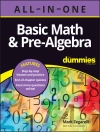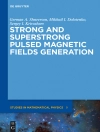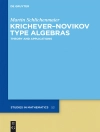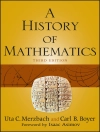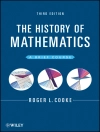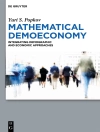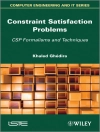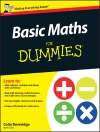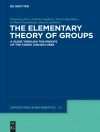In this book, the author pays tribute to Bernhard Riemann (1826-1866), a mathematician with revolutionary ideas, whose work on the theory of integration, the Fourier transform, the hypergeometric differential equation, etc. contributed immensely to mathematical physics. The text concentrates in particular on Riemann’s only work on prime numbers, including ideas – new at the time – such as analytical continuation into the complex plane and the product formula for entire functions. A detailed analysis of the zeros of the Riemann zeta-function is presented. The impact of Riemann’s ideas on regularizing infinite values in field theory is also emphasized.
This revised and enhanced new edition contains three new chapters, two on the application of Riemann’s zeta-function regularization to obtain the partition function of a Bose (Fermi) oscillator and one on the zeta-function regularization in quantum electrodynamics. Appendix A2 has been re-written to make the calculations more transparent. A summary of Euler-Riemann formulae completes the book.
قائمة المحتويات
Preface.- Towards Euler’s Product Formula and Riemann’s Extension of the Zeta Function.- Prime Power Number Counting Function.- Riemann as an Expert in Fourier Transforms.- On the Way to Riemann’s Entire Function ζ(s).- The Product Representation of ξ(s) and ζ(s) by Riemann (1859).- Derivation of Von Mangoldt’s Formula for ψ(x).- The Number of Roots in the Critical Strip.- Riemann’s Zeta Function Regularization.- ζ-Function Regularization of the Partition Function of the Harmonic Oscillator.- ζ-Function Regularization of the Partition Function of the Fermi Oscillator.- The Zeta-Function in Quantum Electrodynamics (QED).- Summary of Euler-Riemann Formulae.- Appendix.
عن المؤلف
Prof. Dr. Walter Dittrich was head of the quantum electrodynamics group at the University of Tübingen before his retirement in 2001 and is still actively publishing papers and books in classical and quantum physics. He received his doctorate under Prof. Heinz Mitter at Heisenberg’s institute in Munich and continued pre- and postdoc work at Brown University, Harvard and MIT. He profited immensely from lectures by and discussions with Profs. Herb Fried, Ken Johnson, Steve Weinberg, Julian Schwinger and, later on, at the Institute for Advanced Study (IAS) in Princeton, Steve Adler and David Gross at Princeton University. He started his work on gauge theories and QED in collaboration with Schwinger in the late 1960s. He was visiting professor at UCLA, Berkeley, Stanford and the IAS. He has over 30 years of teaching experience and is one of the key scientists in developing the theoretical framework of quantum electrodynamics.


